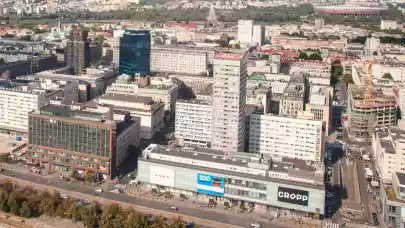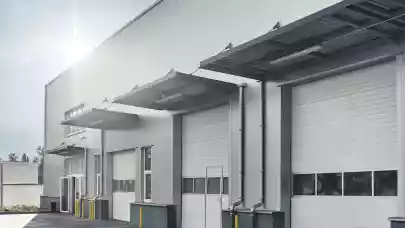
In 2018, retail investment volume reached a record high of €2.5 billion in Poland. Retail was the second most sought-after sector after offices, accounting for 34% of all investment activity in Poland. Paweł Nowakowski, Head of Capital Markets at Cresa Poland, predicts in the latest “Retail Occupier Economics” report that this year may be equally good for Poland.
The strongest investor activity was recorded in the first quarter of 2018 and was driven primarily by two significant transactions: the acquisition of M1 Portfolio by Chariot Top Group from Ares, Axa and Apollo Rida for €1 billion, and the takeover of Galeria Katowicka by Employees Provident Fund of Malaysia from Meyer Bergman for €300 million. The two subsequent quarters saw significantly smaller investment volumes, but investment activity picked up in the fourth quarter of the year when Wars Sawa Junior changed hands in what was the largest retail asset transaction in Warsaw since the acquisition of Arkadia and Warszawa Wileńska in 2010 and Galeria Mokotów in 2011 by Unibail-Rodamco.
Against the backdrop of the scarcity of prime retail assets going on sale, a precedent was set on the Polish retail investment market with the acquisition of Wars Sawa Junior in central Warsaw by Atrium European Real Estate where the yield was below 5%, an all-time low. It was also one of the few high street transactions in Warsaw. Meanwhile, prime shopping centre yields remain at 5%, while cap rates for smaller convenience-oriented assets, including retail parks, are slightly below 8%.
“Based on the projects we valued in late 2018, we believe the retail market is in good health and there are generally no signs of any deterioration in occupiers’ performance or weaker sales. This holds true for established schemes and formats meeting present-day expectations of customers. Older or secondary schemes are likely to experience increasing difficulties going forward due to rising occupier and customer requirements unless landlords take action,” says Urszula Sobczyk, Co-Head of Valuation at Cresa Poland.
Portfolio transactions backed by capital from the United States and South Africa had the most significant impact on the retail transaction volume in 2018. Other important sources of capital included Malaysia, which proves the increasing prevalence of Asian capital on the Polish market, as well as entities based in Luxembourg, the Netherlands and the United Kingdom. As for German investors, their primary focus was on other asset categories and smaller retail assets, with no large-scale retail acquisitions transacted last year.
“Last year’s high level of investment activity on the retail market is expected to continue throughout 2019, propelled by Poland’s high economic growth, rising consumer demand and low interest rates. Considering the current deal pipeline, the aggregate transaction volumes are expected to be on par with the ones recorded in previous years, with portfolio deals remaining their key driver. Prime retail schemes in Poland’s main agglomerations will remain the most sought after investment product. However, due to their limited supply, investor interest will shift towards smaller cities. Yield levels are expected to hold stable going forward,” says Paweł Nowakowski, Head of Capital Markets at Cresa Poland.



